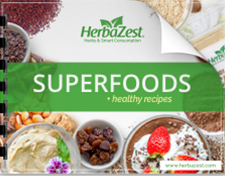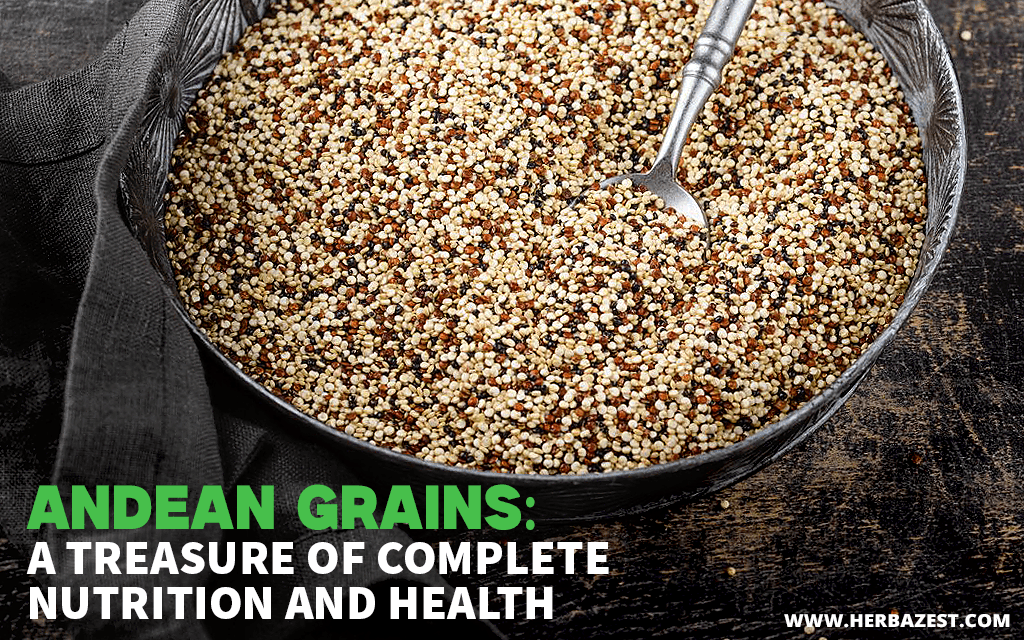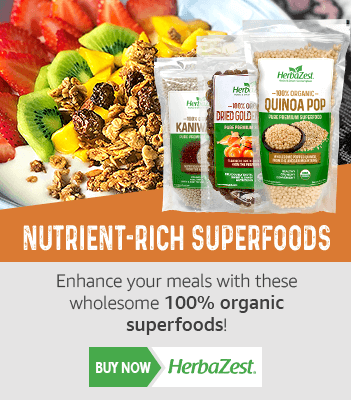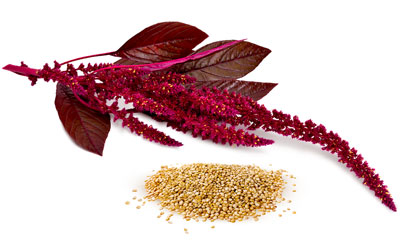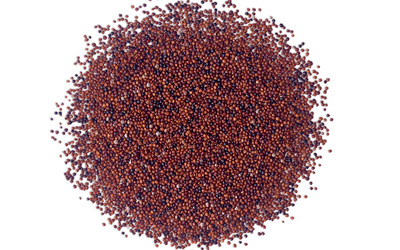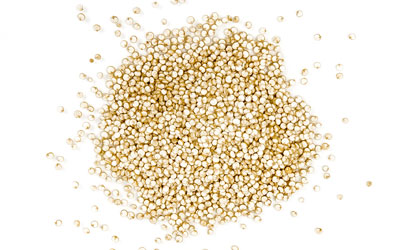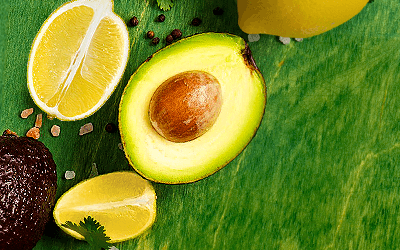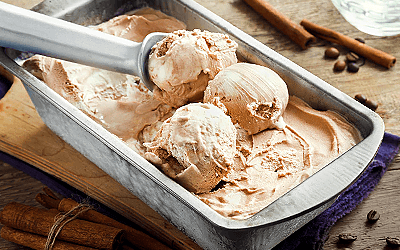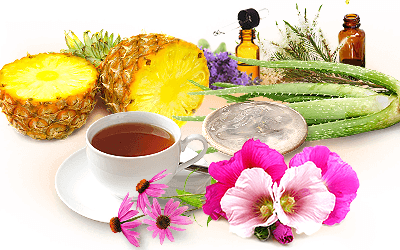The Andes is a large chain of mountains covering the western area of South America, including Argentina, Bolivia, Chile, Colombia, Ecuador, Perú, and part of Venezuela. At extreme altitudes, particularly in the high valleys of Perú and Bolivia, local populations have made of the most of harsh conditions such as of soil and weather, cultivating crops with an outstanding concentration of essential nutrients. Categorized as pseudocereals and commercialized as whole grains, these crops have provided sustenance to advanced civilizations, like the Incan Empire.
During the first decade of the 21th century, some of these pseudocereals experienced a commercial boom, reaching most markets around the world and attracting the attention of the scientific community, with a large number of studies exploring their health benefits and revealing their potential as functional foods.
Andean superfoods
Science has confirmed that Andean grains are excellent sources of phenolic compounds, with powerful antioxidant properties.
A superfood is defined by its high dietary value and functional properties, meaning that it comprises all essential nutrients necessary for bodily functions, from energy production to cognitive performance and disease prevention. There are three Andean pseudocereals that fall into this category: quinoa, amaranth, and kaniwa.
Quinoa
Popularly known as the 'golden grain,'
quinoa was revered by the Incas for its natural resistance to harsh conditions, including poor soil, drought, and low temperatures. Andean quinoa is an ideal superfood that provides all the essential amino acids that the human body can't produce on its own as well as healthy fatty acids, minerals, vitamins, dietary fiber, and carbohydrates. This ancient grain not only has beneficial effects in terms of energy and nutrition, but it can also help improve lipid profiles; in fact, a study has concluded that quinoa reduces serum triglycerides in obese and overweight adults.
In different presentations, including naturally dried seeds, powder, pops, and flakes, quinoa not only can be consumed in salads, such as a colorful pumpkin feta and bell pepper couscous salad or a high protein quinoa caprese; energy packed breakfasts, such as an apple pie smoothie with quinoa flakes, a hormone-balancing smoothie bowl with maca and tofu or a simple and fulfilling quinoa flake apple porridge; but it can also be used in wholesome baked goods like apple cinnamon baked quinoa flakes, or baked quinoa flakes with blueberries, among other quinoa recipes.
Amaranth
Amaranth, also known as kiwicha in the Peruvian Andes, is a true treasure of Central and South America, where it has been cultivated for over 7,000 years. Amaranth not only provides amazing health benefits but also a great deal of proteins, vitamins, and minerals. It has been shown that amaranth extract increases levels of nitric oxide in the body, which can lead to better athletic performance by improving vasodilation, hormone production, and muscle response. Being low in calories, amaranth has been shown to be a wonderful addition to a healthy diet, and it can be easily added to both savory and sweet dishes, like a papaya boat with yogurt and amaranth pop, an amaranth carrot flatbread, an amaranth flake-breaded eggplant parmesan, or an amaranth chickpea brownie, among many other amaranth recipes.
Kaniwa
This lesser-known Andean pseudocereal belongs to the same family as amaranth and quinoa and shares similar benefits, including 13 amino acids (nine of them essential for humans), which are the building blocks of protein necessary for creating and maintaining muscle mass. A study has proven that kaniwa is suitable for developing nutritious elder-friendly foods due to its digestibility, high-quality protein content, and impressive levels of antioxidants. Kaniwa's tiny seeds also have a pleasant, distinct nutty flavor, allowing for their use in a myriad of ways, from sweet recipes such as a nutritious bowl of hot kaniwa flake cereal or key lime pie overnight kaniwa flakes; to savory dishes, such as white bean burgers with kaniwa flakes or kaniwa flake-stuffed mushrooms. Discovering how to add kaniwa to everyday meals can be a pleasant journey!
These three Anden pseudocereals have lots in common, and all of them can be consumed in the same fashion; however, there are subtle differences between them in terms of their functional properties. For example, a study comparing dietary outcomes with amaranth and quinoa, respectively, concluded that both provided complete nutrition, but amaranth was significantly more effective for blood glucose control after meals.1 Kaniwa, on the other hand, has distinct nutritional content, being particularly rich in protein (about 16% more than quinoa), dietary fiber, and phenolic compounds.2
Knowing the great value and particular characteristics of these Andean grains will allow you to make an informed decision based on your personal needs, and to find creative ways to add the three of them to a wholesome diet!
Sources
- Critical Reviews in Food Science and Nutrition, Peruvian Andean grains: Nutritional, functional properties and industrial uses, 2023
- Foods, Quinoa (Chenopodium quinoa Willd.): An Overview of the Potentials of the “Golden Grain” and Socio-Economic and Environmental Aspects of Its Cultivation and Marketization, 2020
Footnotes:
- Journal of Food Science and Technology. Effectual comparison of quinoa and amaranth supplemented diets in controlling appetite; a biochemical study in rats. Retrieved March 18, 2024, from: https://www.ncbi.nlm.nih.gov/pmc/articles/PMC4573157/
- Gels. (2023). Kaniwa (Chenopodium pallidicaule)'s Nutritional Composition and Its Applicability as an Elder-Friendly Food with Gelling Agents. Retrieved March 18, 2024, from: https://www.ncbi.nlm.nih.gov/pmc/articles/PMC9858278/
